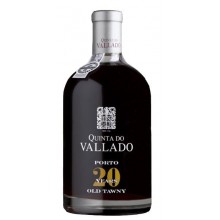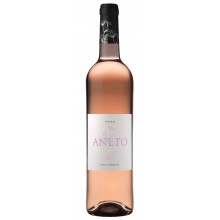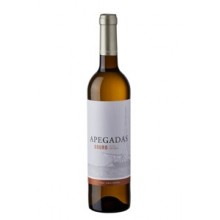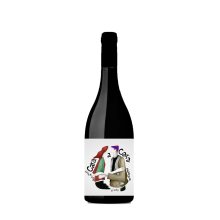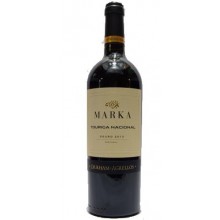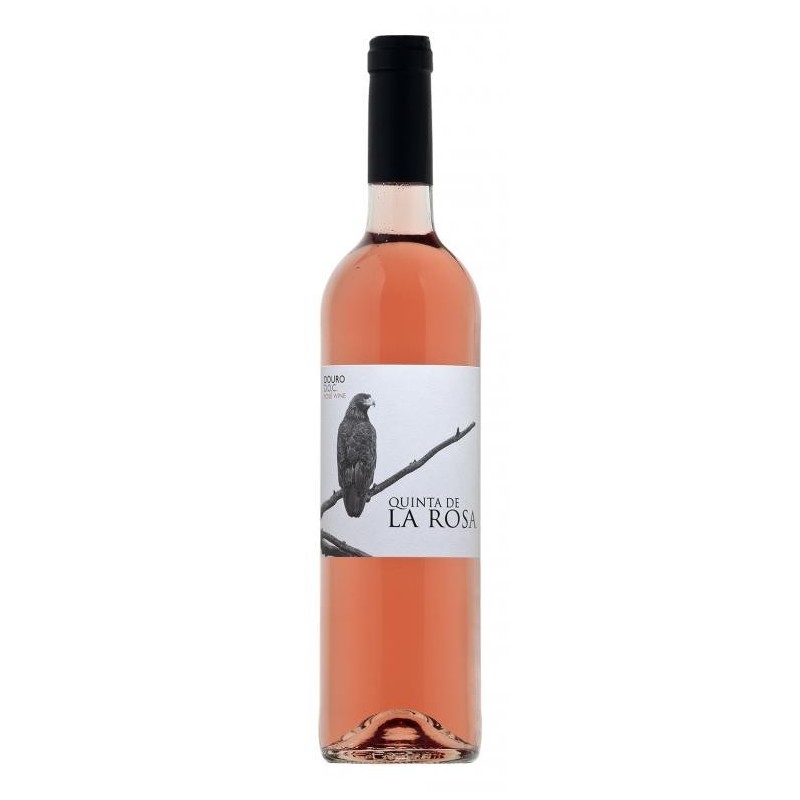
Quinta da Venda Ad Aeternum 2020 White Wine
€38.00
Wine House Portugal ,
5/ 5
<p>Quinta da Venda Ad Aeternum White Wine presents bright citrus-yellow in color, it offers complex aromas of white and yellow stone fruits, delicate oak spice, and a touch of vanilla. The palate is structured yet fresh, with elegant acidity and a long, refined finish. A superb gastronomic wine, perfect with grilled fish, shellfish, white meats, charcuterie, or aged cheeses. Serve at 12 °C to enjoy its full expression.</p>
Ae528

 0 review
0 review




